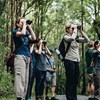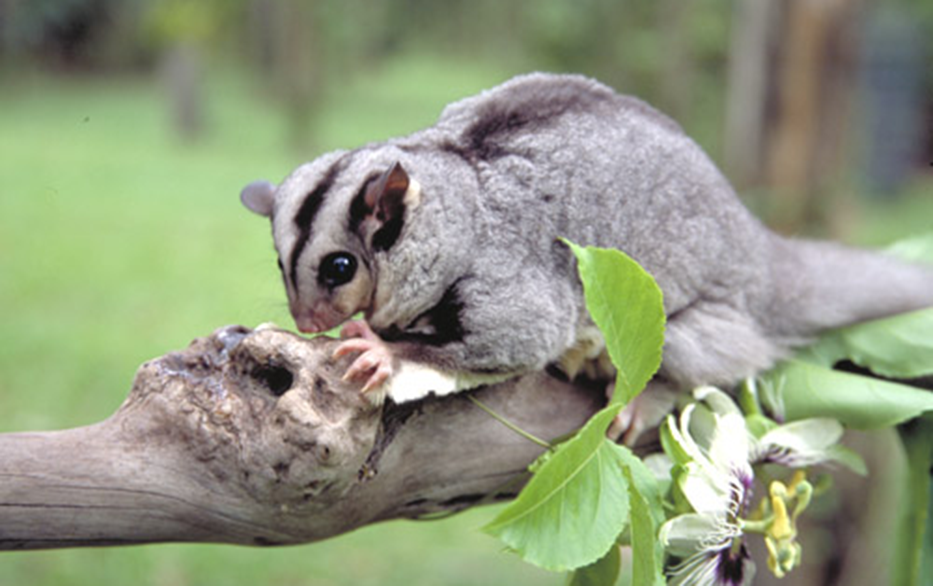
Australia’s possums and gliders
Tuesday, 09 July 2019There are 27 different types of possums and gliders in Australia. They have a huge variety of sizes, shapes and appearances. We’ve compiled a profile on every species here. One quarter of our possums and gliders are listed as threatened under Australian environmental law. Help their conservation, be a citizen scientist: you can record sightings of possums from your local areas in the free CAUL Urban Wildlife App.
Mountain Pygmy-possum 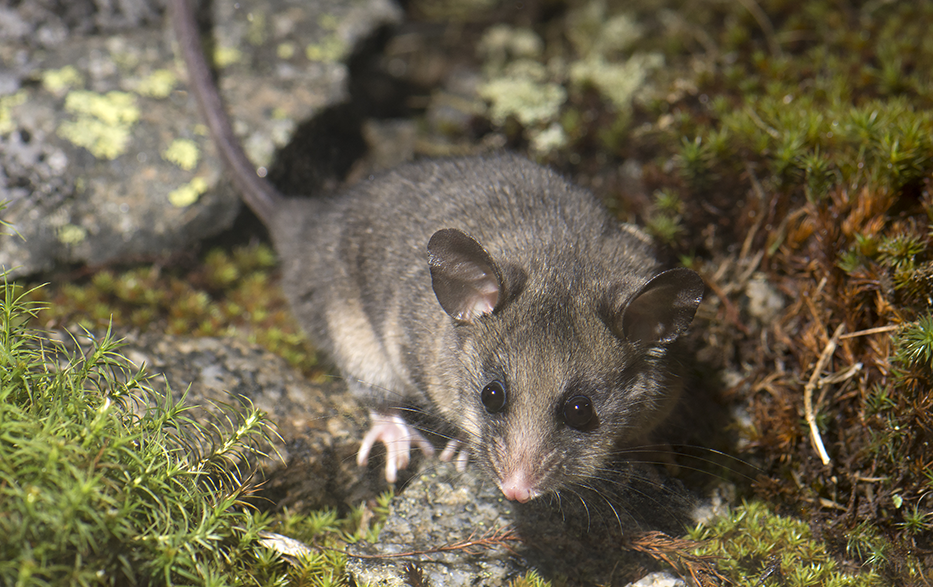
Name: Mountain Pygmy-possum (Burramys parvus Burramyidae)
Description: Very tiny possum that hibernates in Winter under boulder fields. Grey brown fur on back, brown-cream on underside. Dark ring around eye. HB: 111mm T: 136-138mm
Ecology: Habitat: Australia's sub-alpine and alpine heathlands and shrublands among boulder heaps. Diet: Insects, other arthropods, seeds.
Threats: Climate change, introduced predators.
Conservation Status: Commonwealth EPBC Act: Endangered, NSW: Endangered, VIC: Critically Endangered
Wildlife Carers and Advocacy: LAOKO Snowy Monaro Wildlife Rescue 02 6456 1313; Wildlife Rescue Inc (WRI) Australia Hotline 1300 596 457; Australian Fauna Care
Photo credit: Tim Bawden
Long-tailed Pygmy-possum 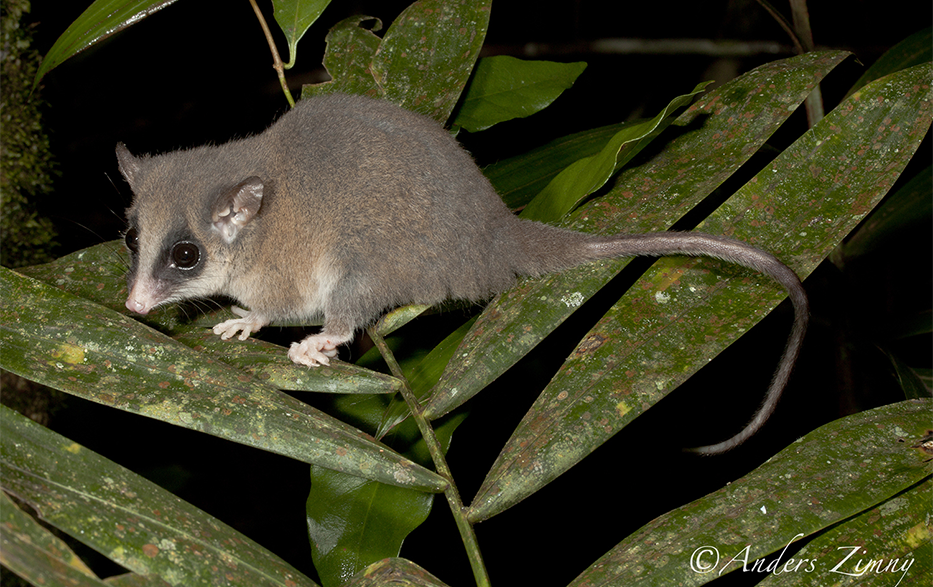
Name: Long-tailed Pygmy-possum (Cercartetus caudatus Burramyidae)
Description: Tiny possum of the wet tropics. Brownish grey on back, pale grey on belly. Black eye patches are distinct and they have crinkly ears. HB: 103-108mm T: 128-151mm
Ecology: Habitat: rainforest, eucalypt and casuarina habitats in North Queensland between Townsville and Cooktown. These possums rely on hollows, fern clumps and cavities for nesting. Diet: Nectar, insects.
Threats: Habitat loss and fragmentation, introduced predators.
Conservation Status: QLD: Least Concern
Wildlife Carers and Advocacy: Zoos Victoria
Photo credit: Anders Zimny
Little Pygmy-possum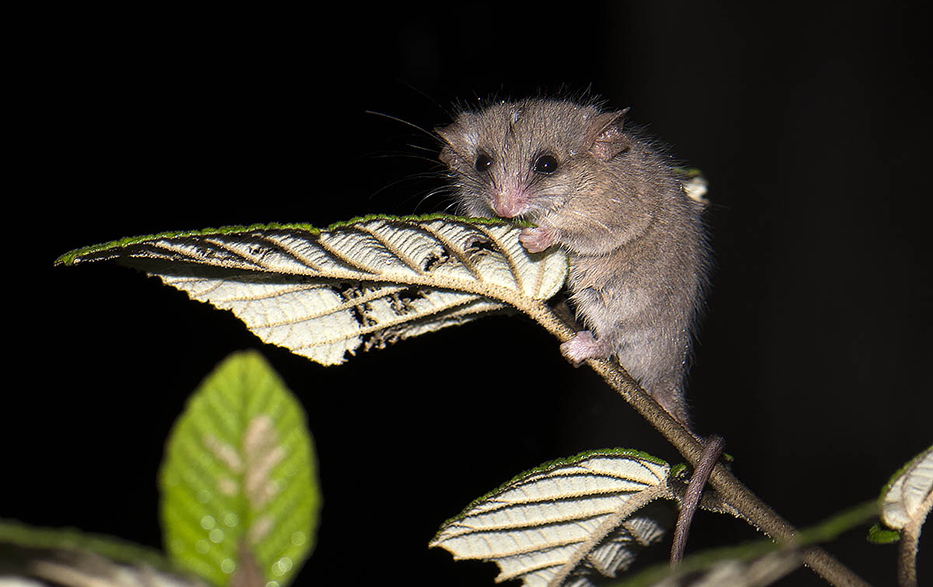
Name: Little Pygmy-possum (Cercartetus LepidusBurramyidae)
Description: Tiny possum of SE Australian eucalypt forest. Pale fawn fur on back, grey fur on belly. Large ears and furry tail. HB: 50-73mm T: 60-75mm
Ecology: Habitat: wet and dry eucalypt in Tasmania and NW Victoria and SE South Australia, including Kangaroo Island. Nests on or above the ground. Diet: Nectar, pollen, insects other arthropods.
Threats: Habitat loss and fragmentation, cats (feral and domestic), inappropriate fire regimes.
Conservation Status: VIC: Near Threatened
Wildlife Carers and Advocacy: Far North Queensland Wildlife Rescue (07) 4053 4467 (24-hour hotline); Wildlife Rescue Inc (WRI) Australia Hotline 1300 596 457; Australian Fauna Care
Photo credit: Tim Bawden
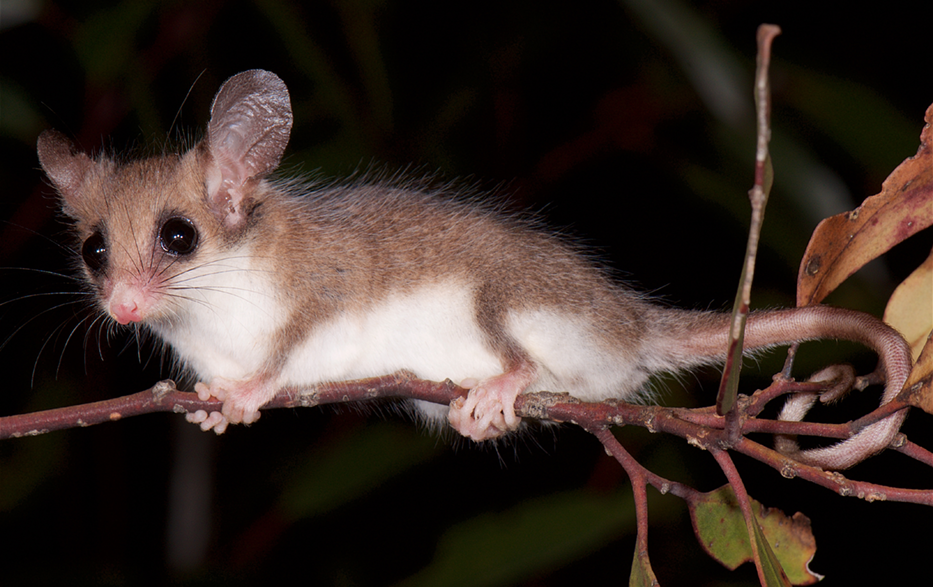
Name: Western Pygmy-possum (Cercartetus concinnus Burramyidae)
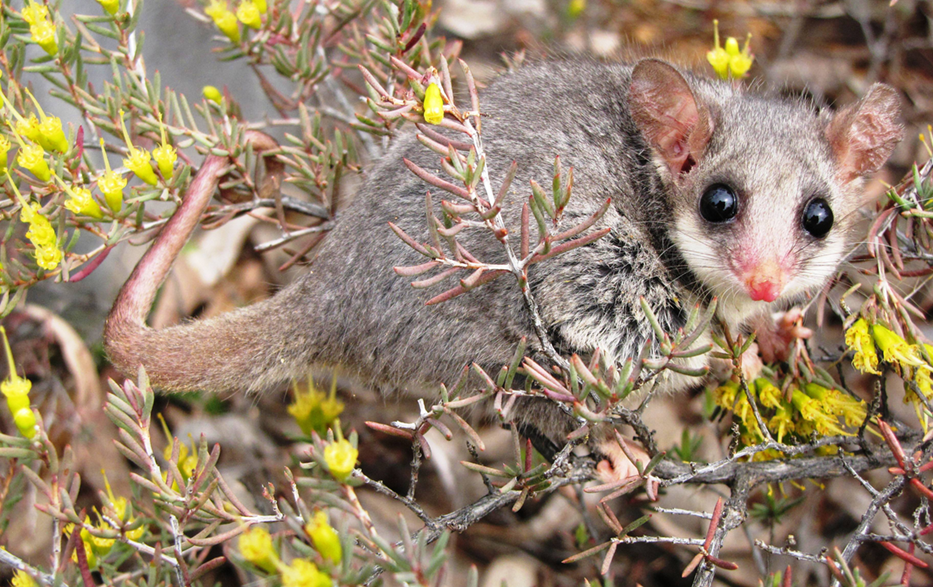
Name: Eastern Pygmy-possum (Cercartetus nanus Burramyidae)
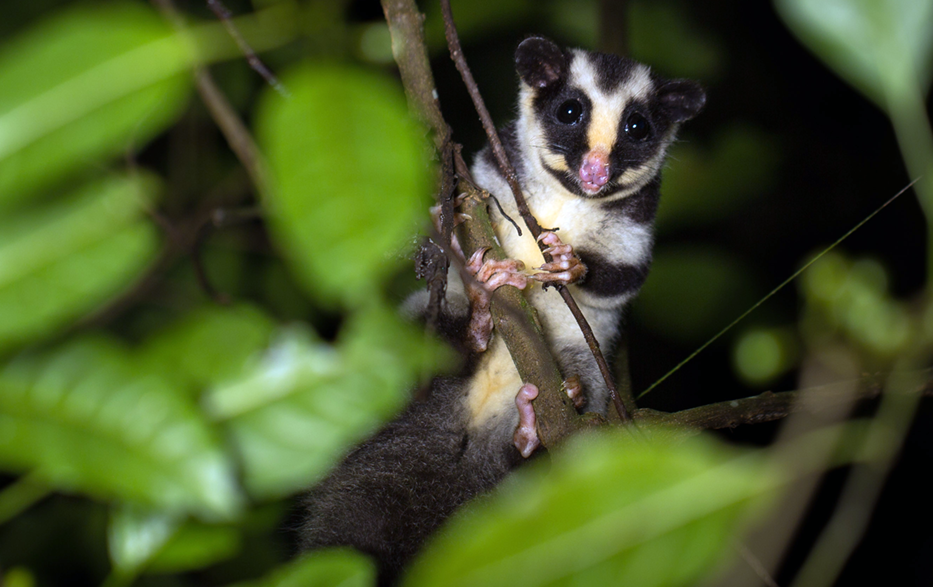
Name: Striped possum (Dactylopsila trivirgata Petauridae)
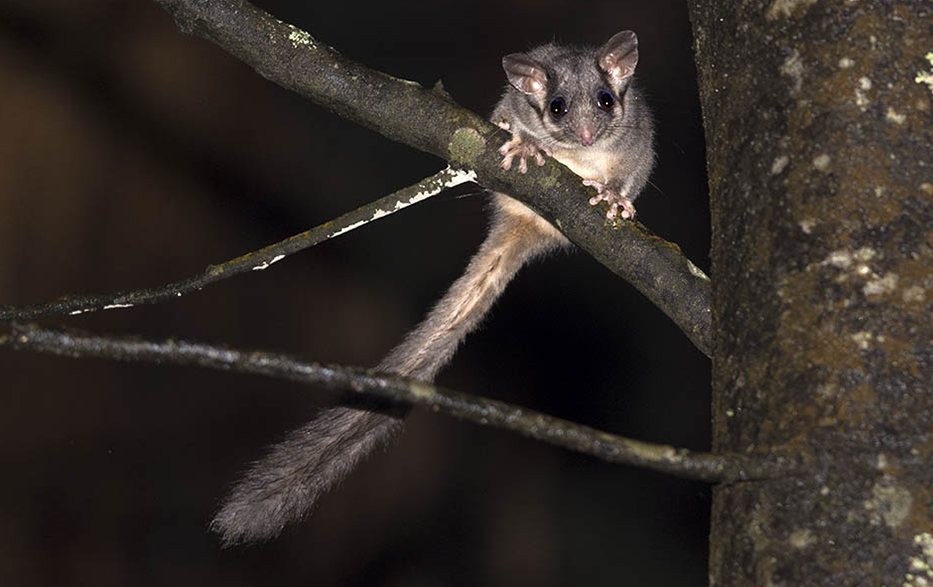
Name: Leadbeater's possum (Gymnobelideus leadbeateri Petauridae)
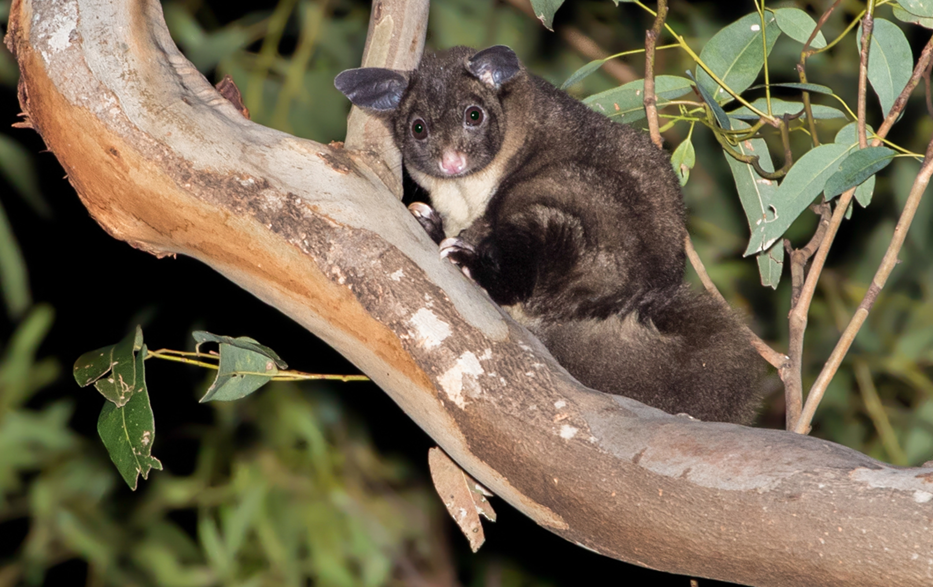
Name: Yellow-bellied Glider (Petaurus australis Petauridae)
Conservation Status: Commonwealth EPBC Act: Vulnerable, QLD: Vulnerable, NSW: Vulnerable, SA: Endangered
Sugar Glider
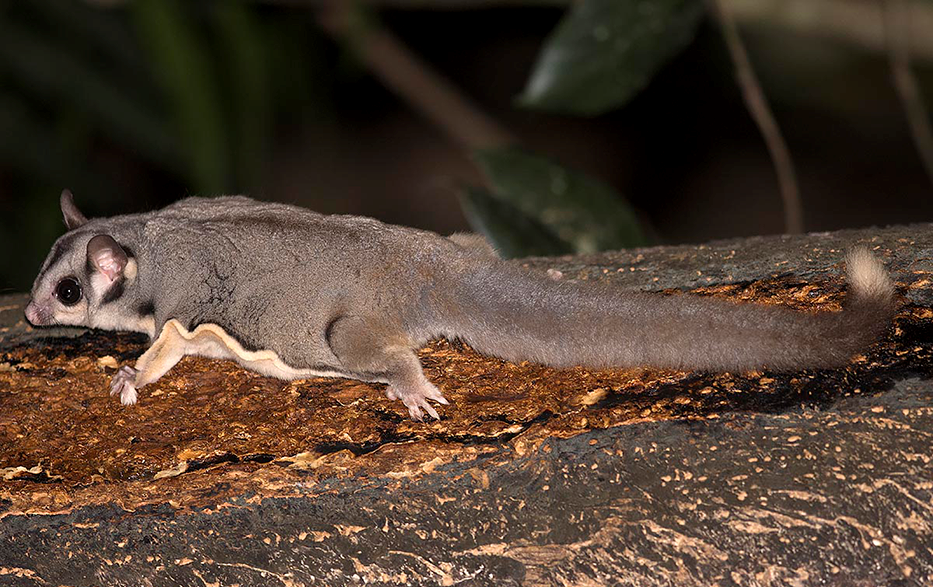
Name: Sugar Glider (Petaurus breviceps Petauridae)

Name: Mahogany Glider (Petaurus gracilis Petauridae)
Squirrel Glider
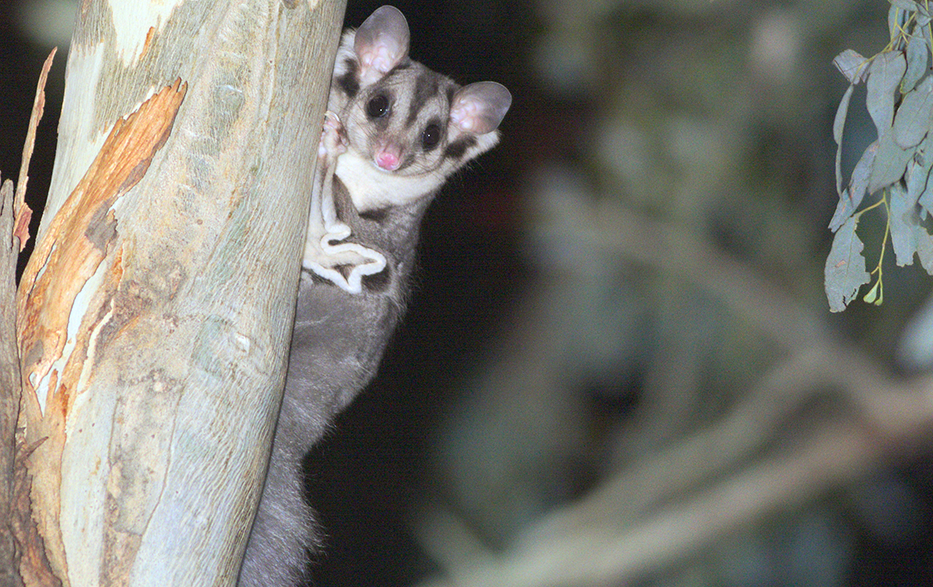
Name: Squirrel Glider (Petaurus norfolcensis Petauridae)
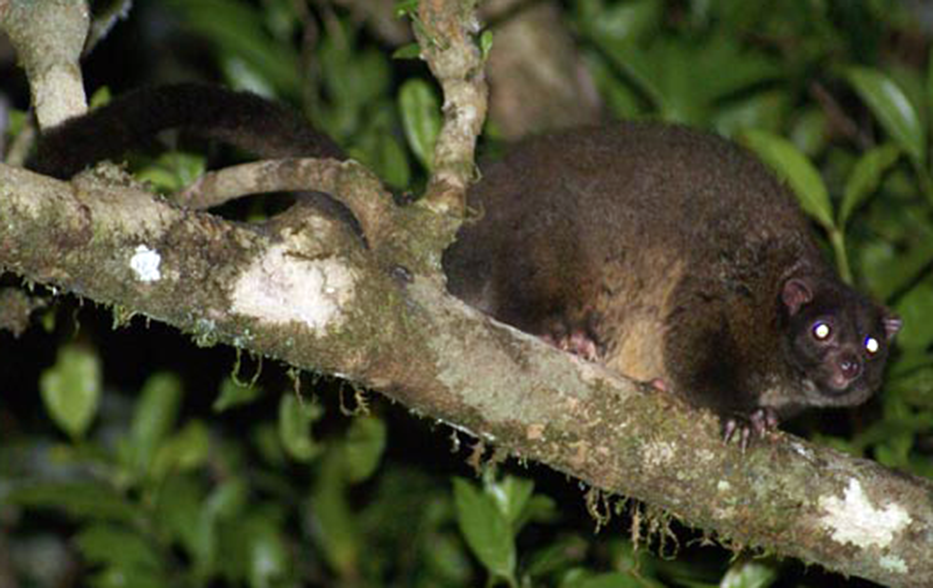
Name: Lemuroid Ringtail Possum (Hemibelideus lemuroides Pseudocheiridae)
Greater Glider
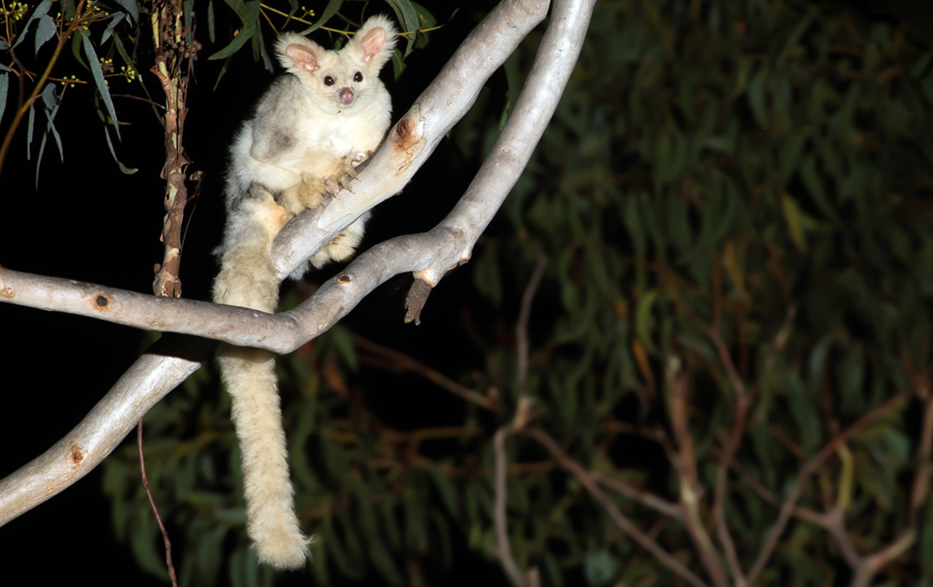
Name: Greater Glider (Petauroides Volans Petauridae)
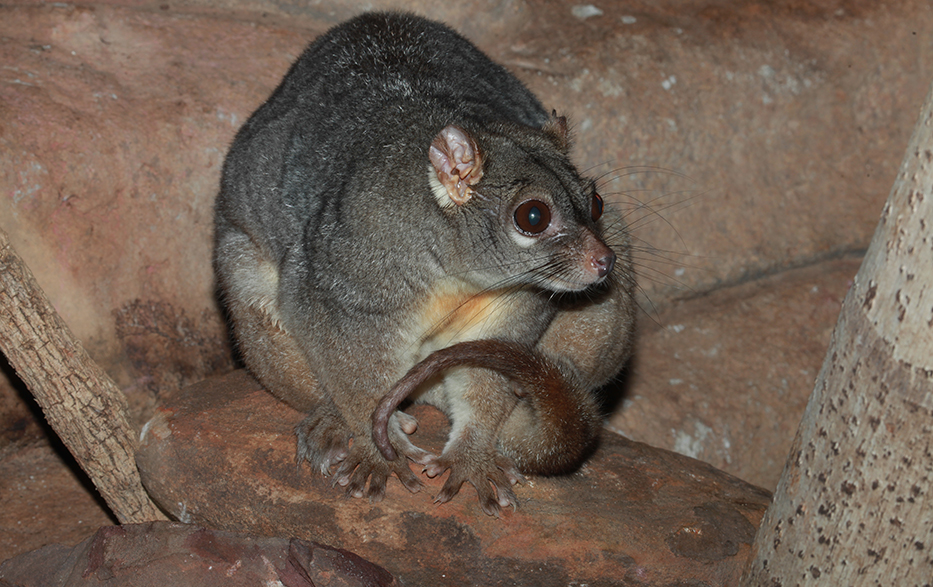
Name: Rock Ringtail Possum (Petropseudes dahli Pseudocheiridae)
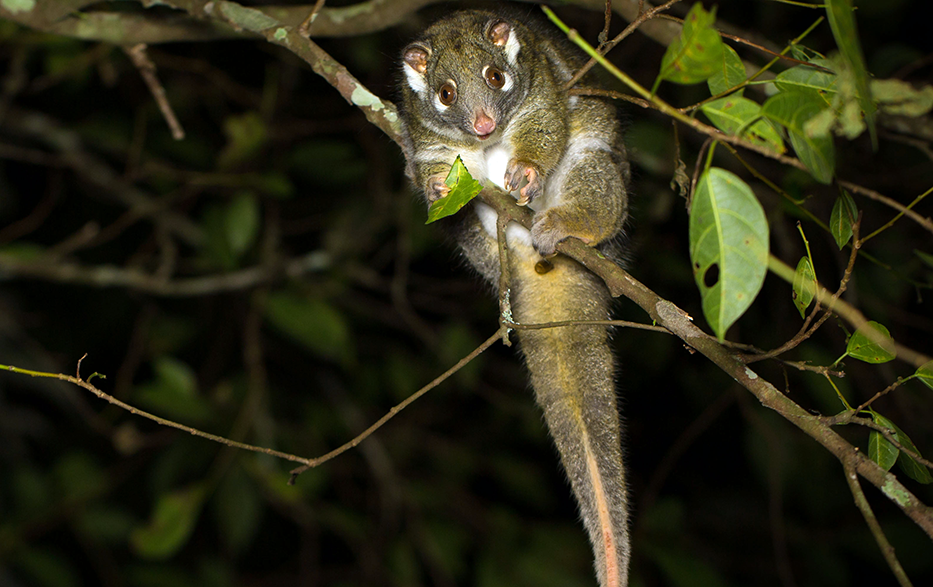
Name: Green Ringtail Possum (Pseudochirops archeri Pseudocheiridae)
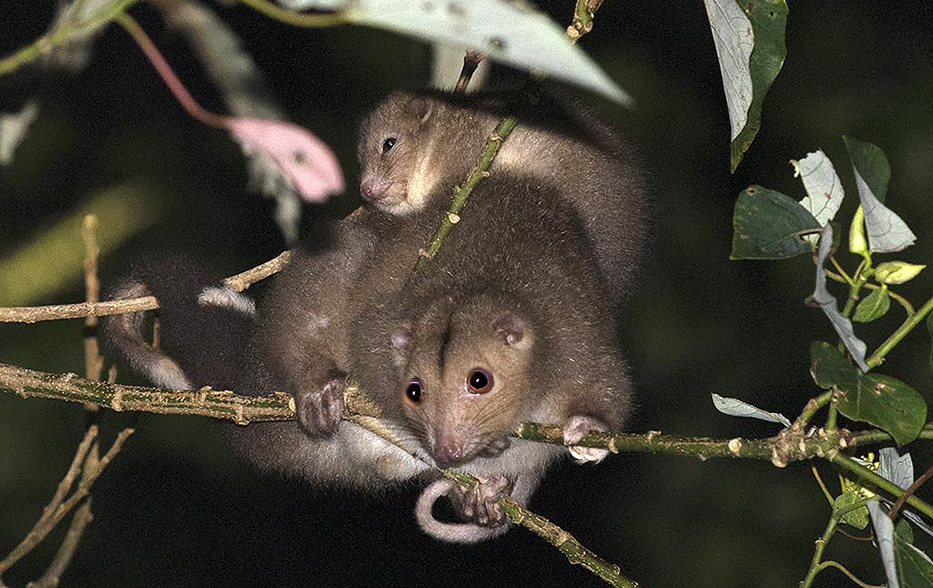
Name: Daintree River Ringtail Possum (Pseudochirulus cinereus Pseudocheiridae)
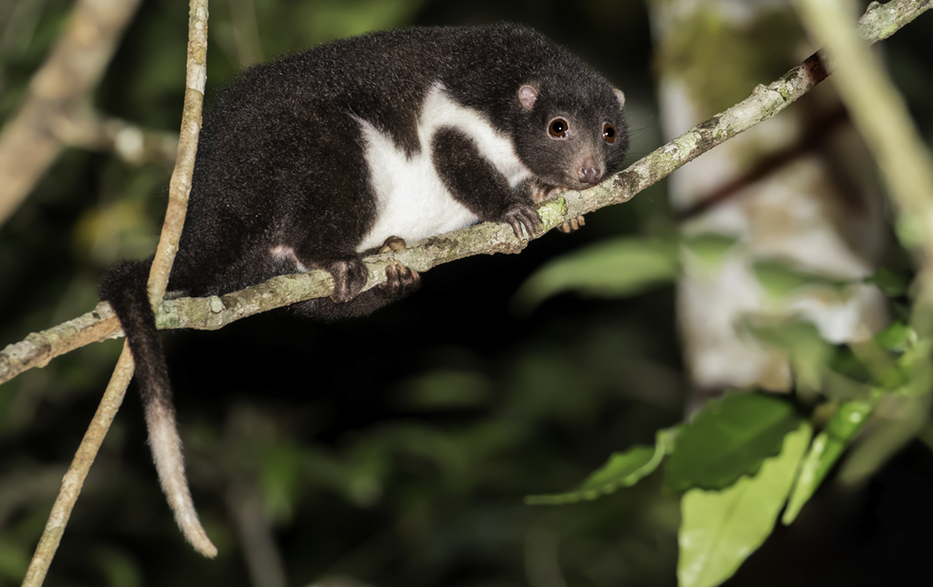
Name: Herbert River Ringtail Possum (Pseudochirulus herbertensis Pseudocheiridae)
Western Ringtail Possum
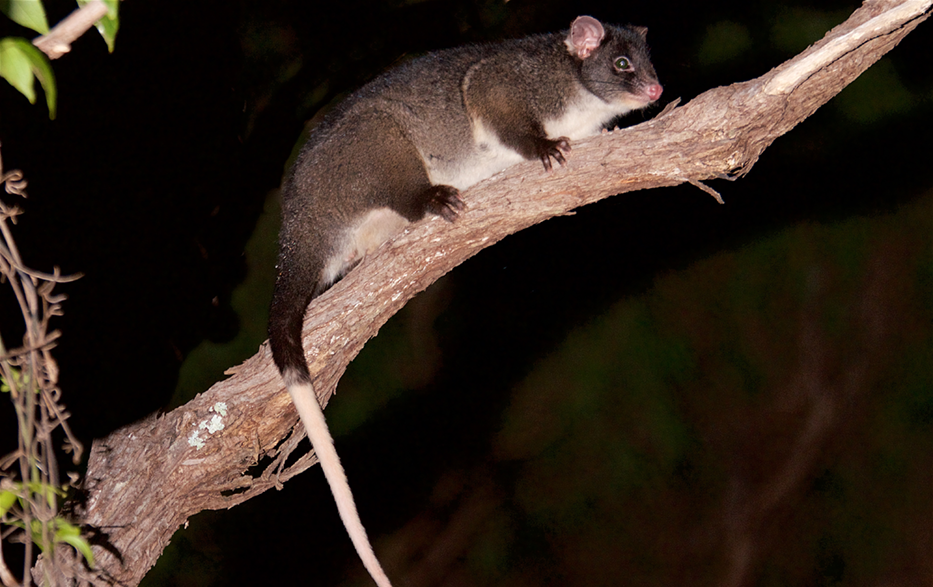
Name: Western Ringtail Possum (Pseudocheirus occidentalis Pseudocheiridae)
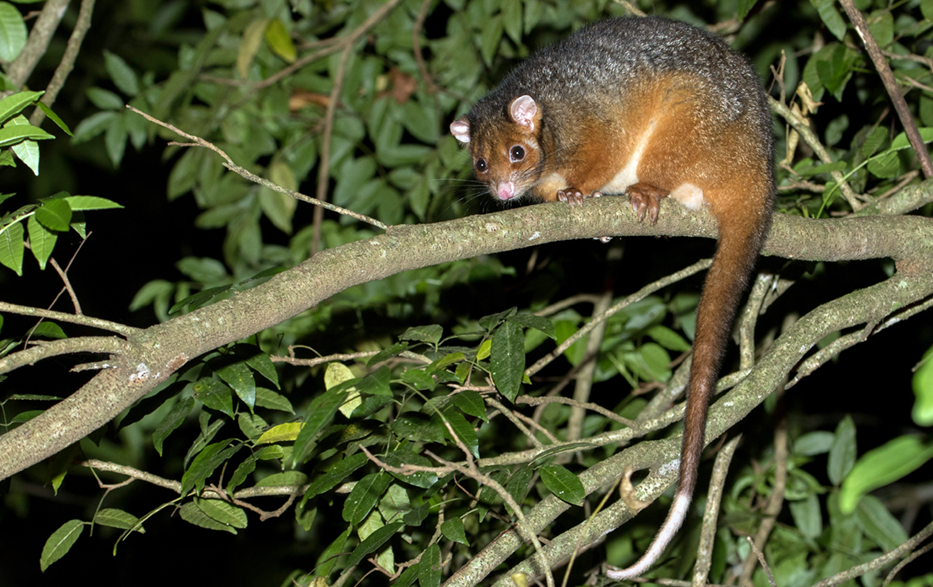
Name: Common Ringtail Possum (Pseudocheirus peregrinus Pseudocheiridae)
Honey Possum
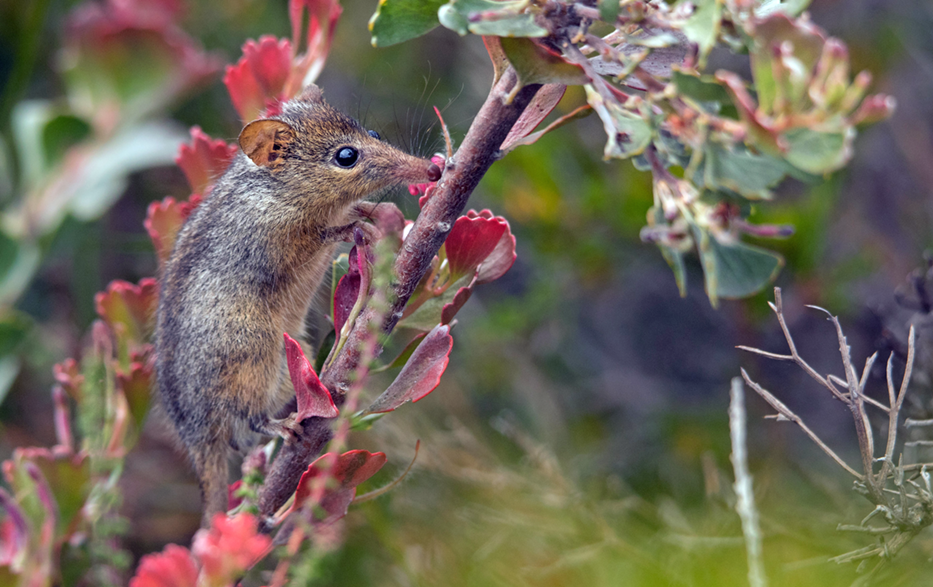
Name: Honey Possum (Tarsipes rostratus Tarsipedidae)
Feathertail Glider
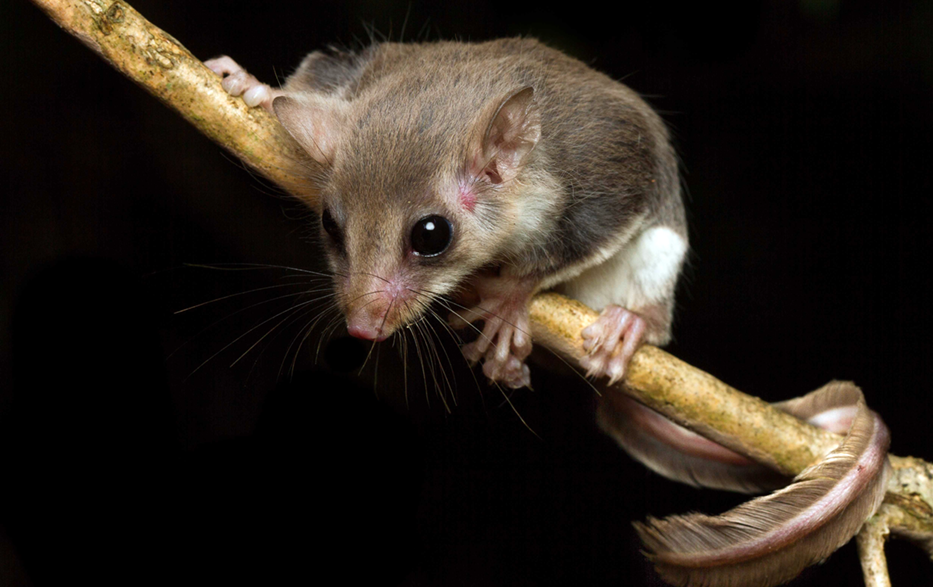
Name: Feathertail Glider (Acrobates pygmaeus or Acrobates frontalis Acrobatidae)
Common Spotted Cuscus
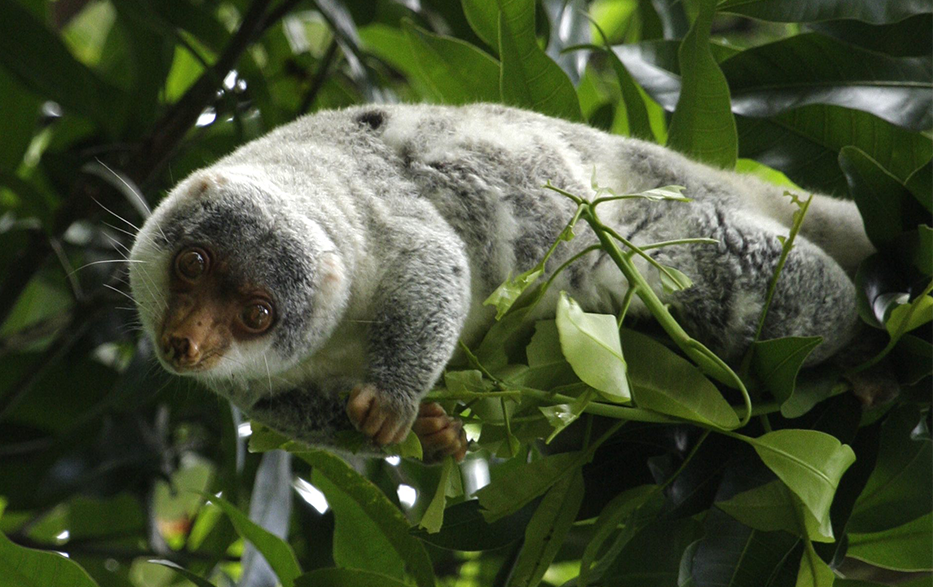
Name: Common Spotted Cuscus (Spilocuscus maculatus Phalangeridae)
Photo credit: Aviceda CC BY-SA 3.0 wikimedia commons
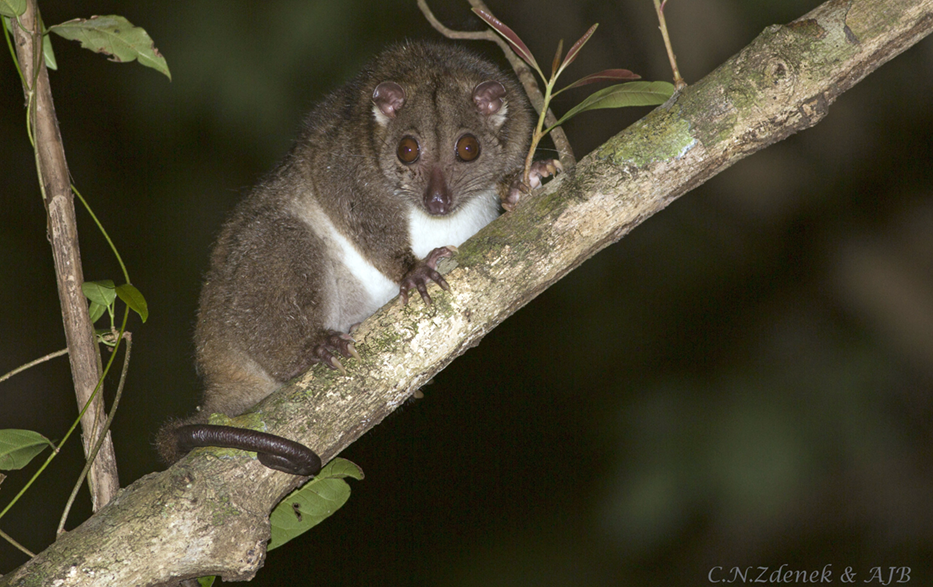
Name: Southern Common Cuscus (Phalanger mimicus Phalangeridae)
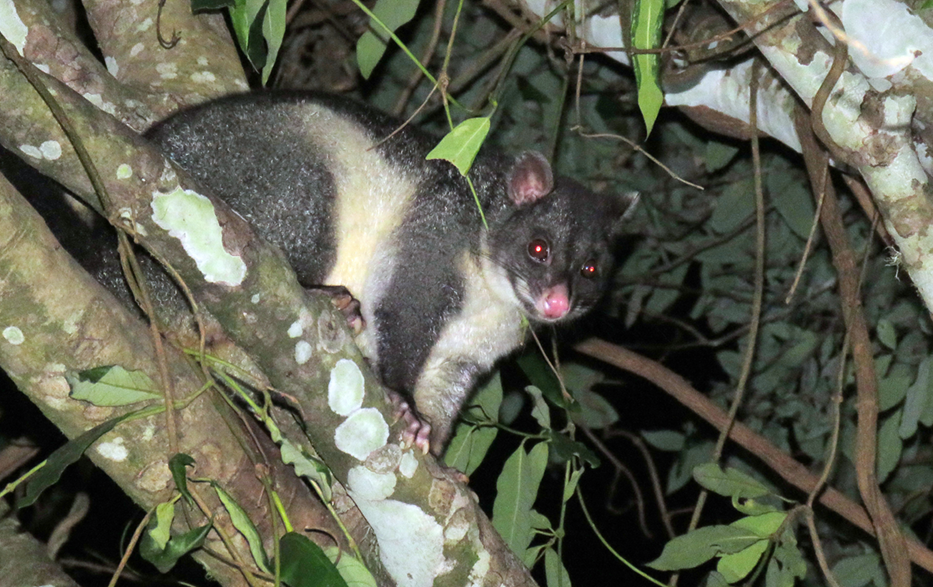
Name: Short-eared Brushtail Possum (Trichosurus caninus Phalangeridae)
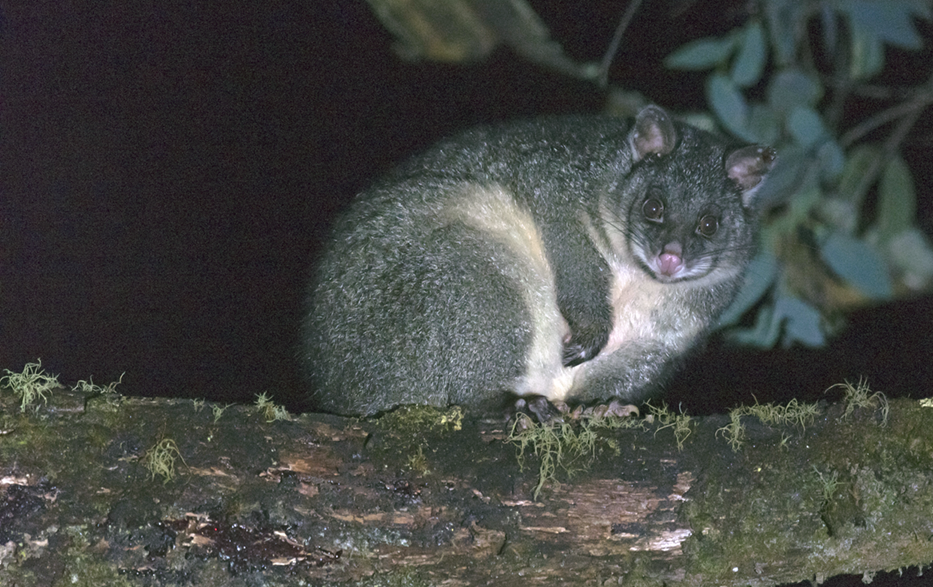
Name: Mountain Brushtail Possum (Trichosurus cunninghami Phalangeridae)
Common Brushtail Possum
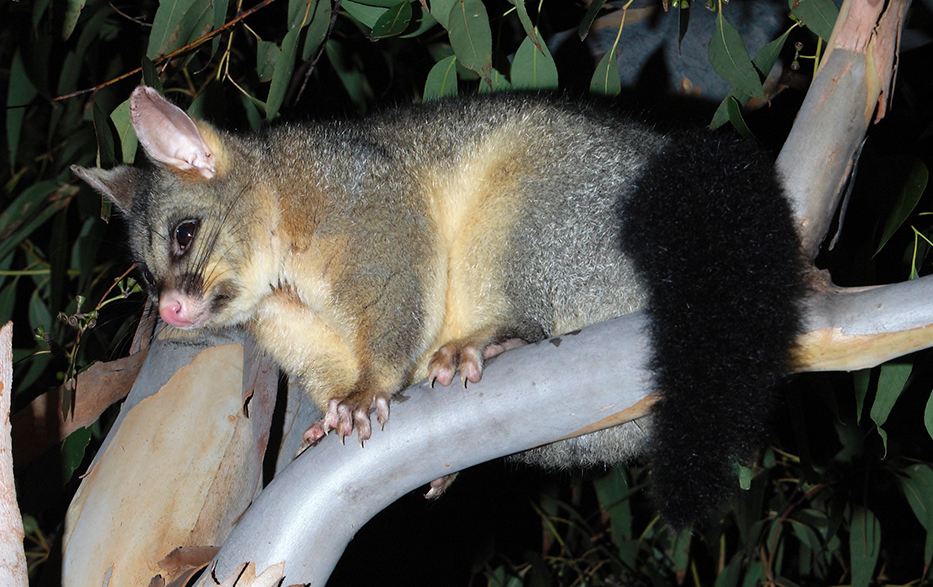
Name: Common Brushtail Possum (Trichosurus vulpecula Phalangeridae)
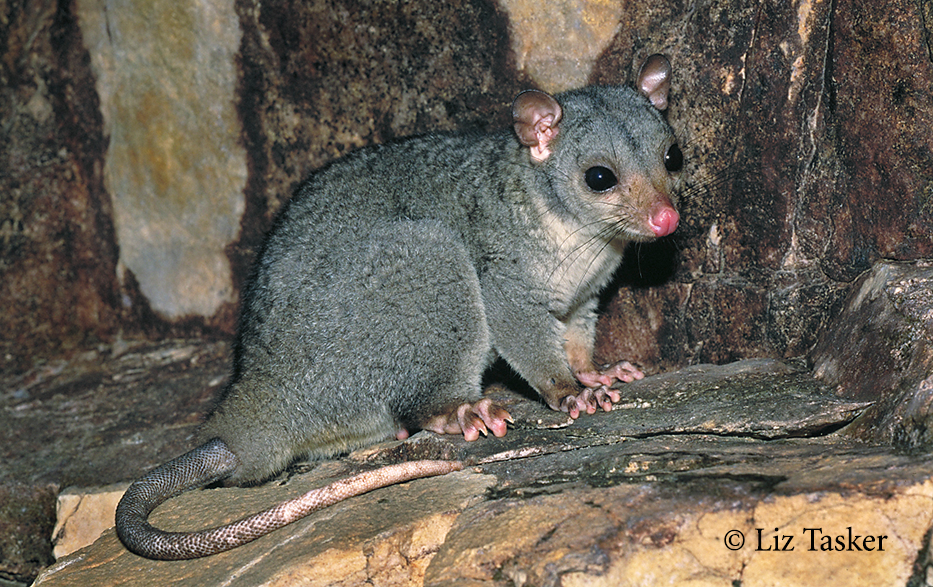
Name: Scaly-tailed Possum (Wyulda squamicaudata Phalangeridae)
Top image: Mahogany Glider ( Petaurus gracilis Petauridae). Image: Pfinge at French Wikipedia. CC BY-SA 2.0 wikimedia commons
-
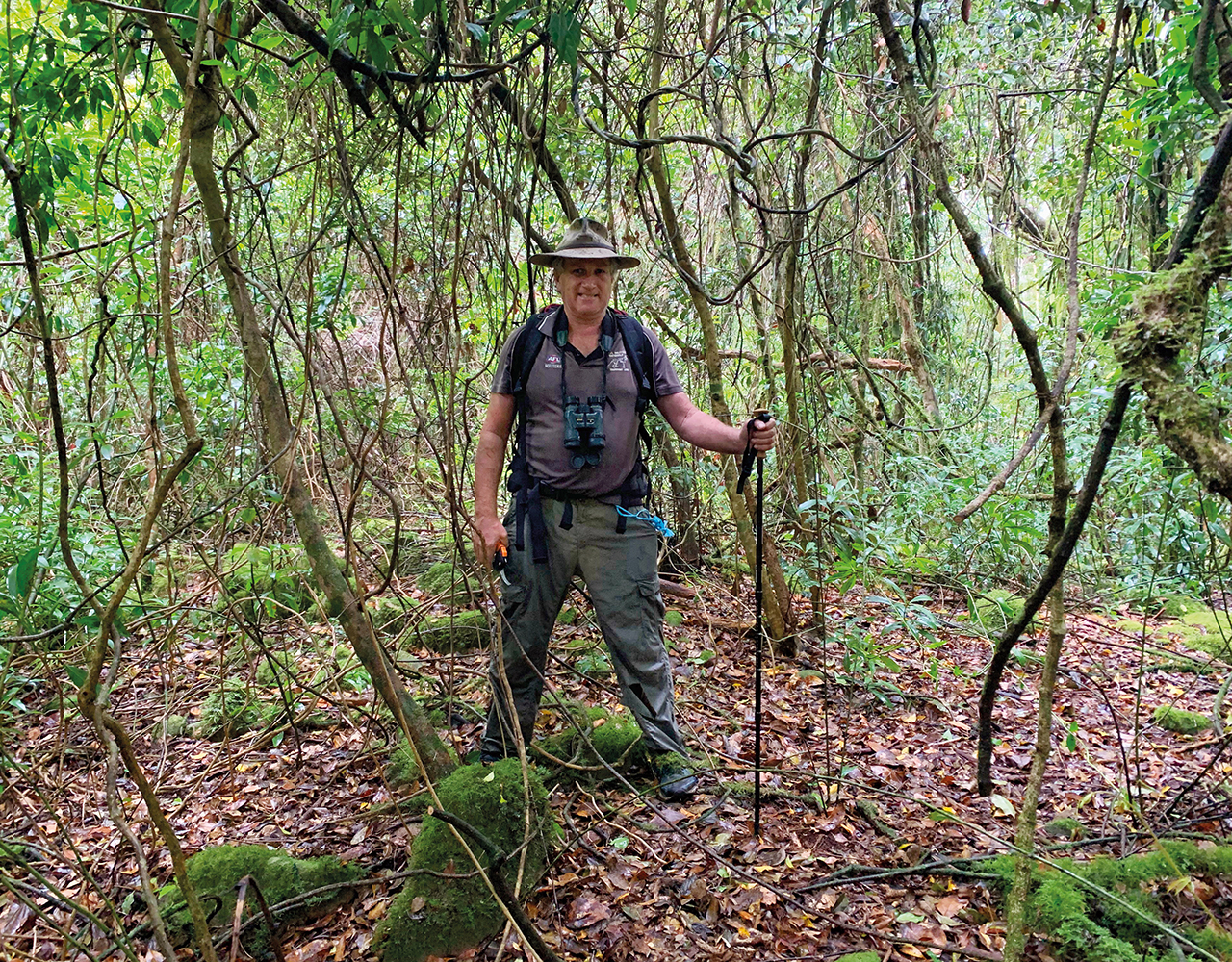
The importance of community for threatened species
Wednesday, 21 October 2020 -
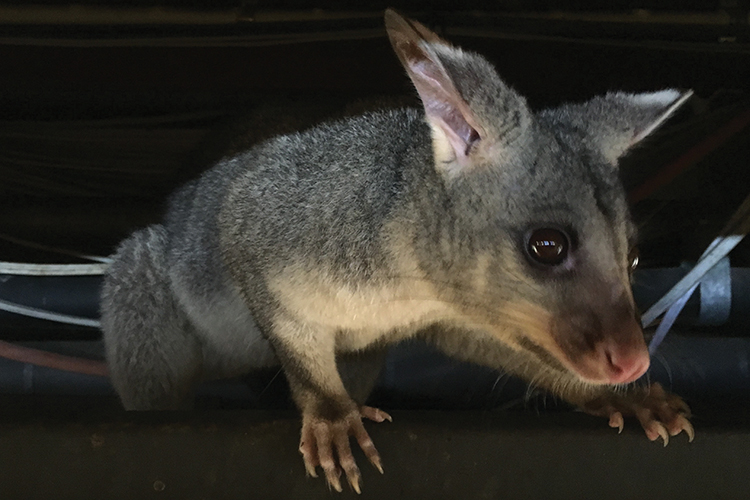
Backyard scientists helping possums and gliders
Tuesday, 26 November 2019 -
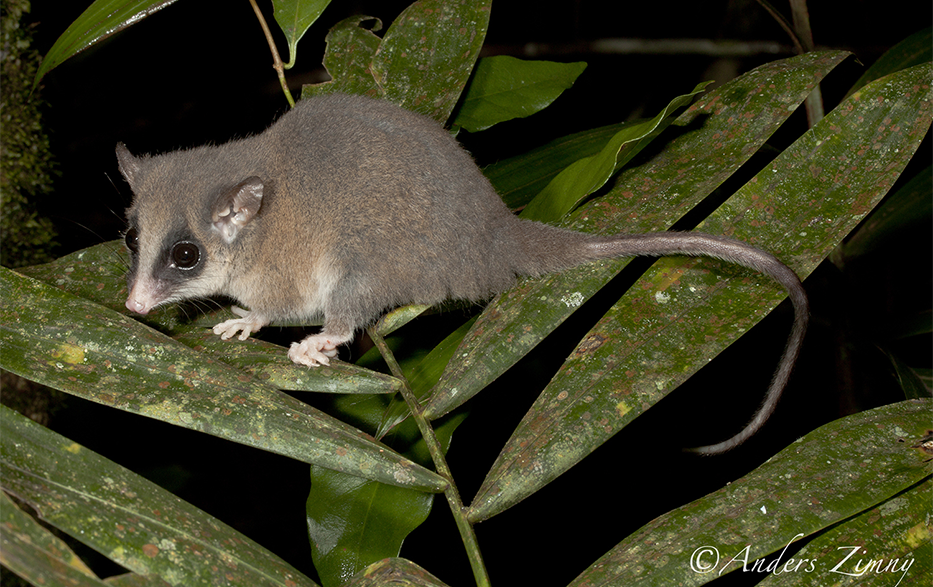
CAUL Urban Wildlife app Possums and Gliders Project
Friday, 24 May 2019 -
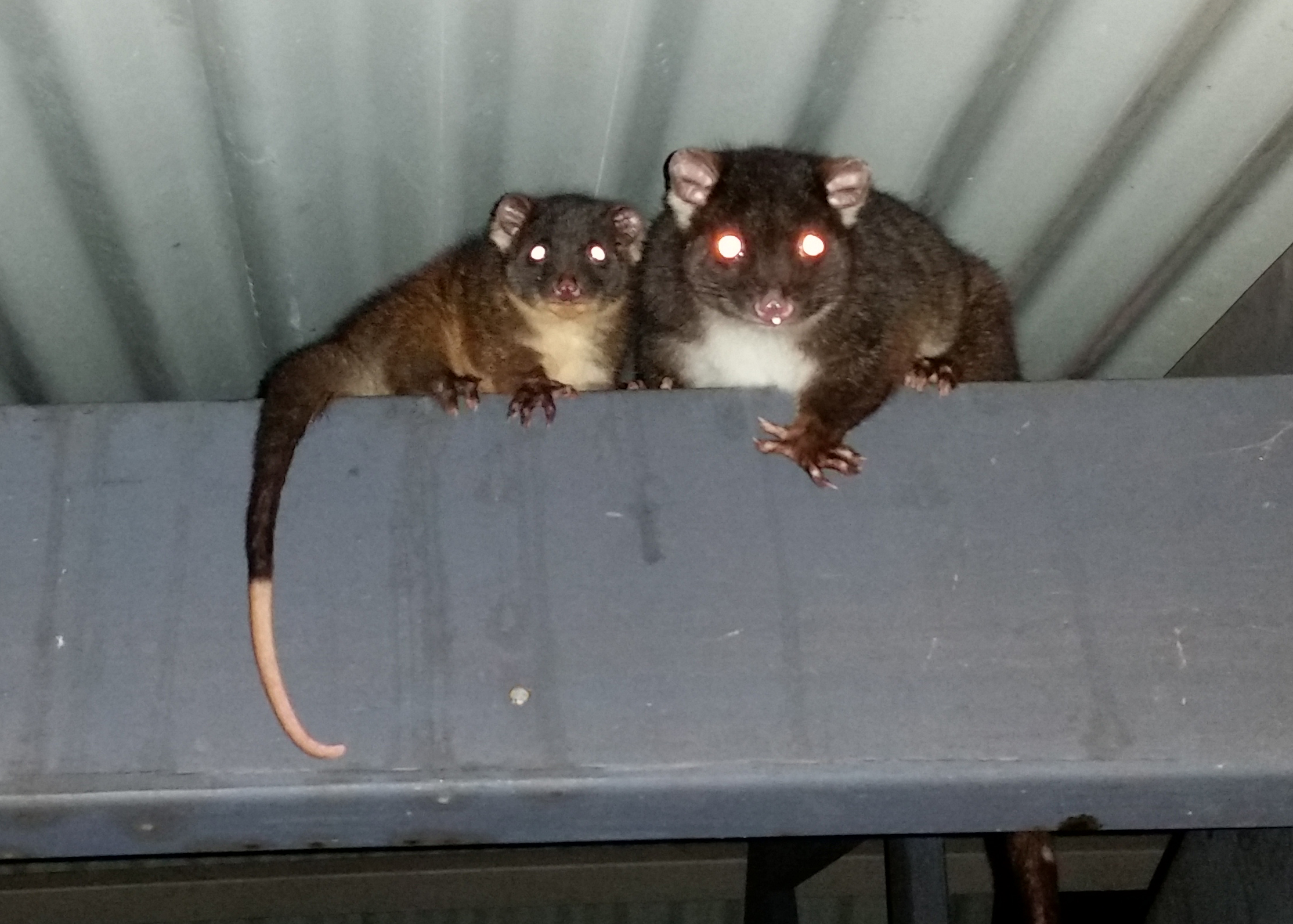
Citizen scientists collaborate on mammal surveys in urban gardens
Tuesday, 29 January 2019 -
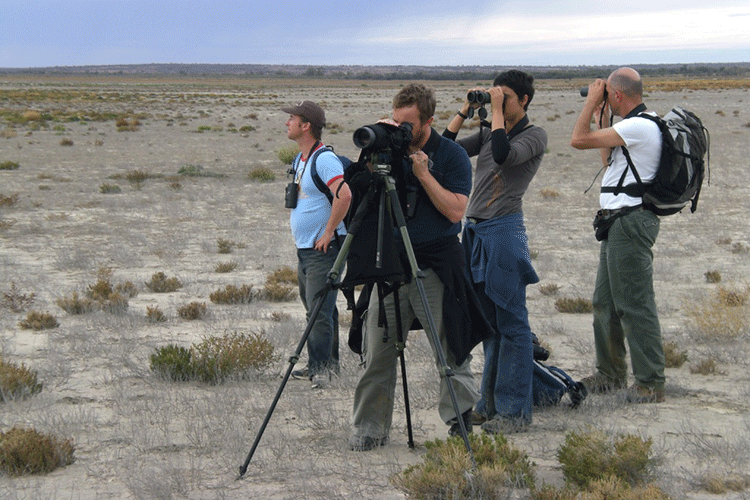
Citizen, where art thou?
Monday, 07 August 2017 -
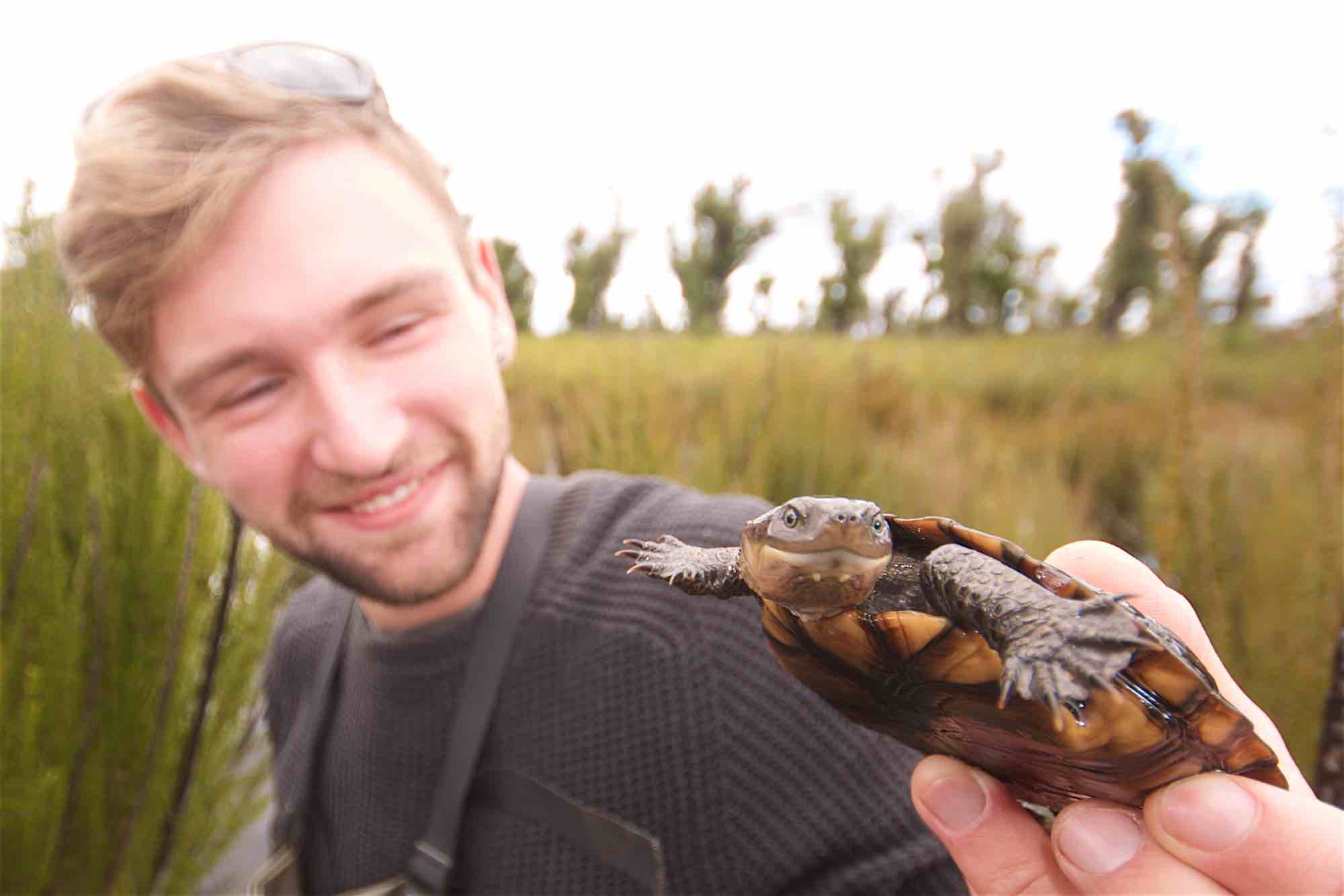
Editorial: It is people who save species
Thursday, 15 December 2016 -
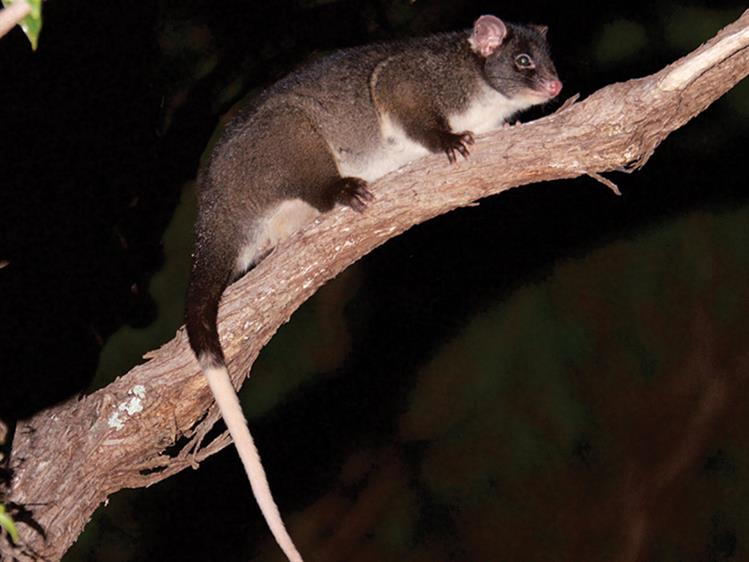
Wineries for ringtails
Thursday, 02 July 2020
